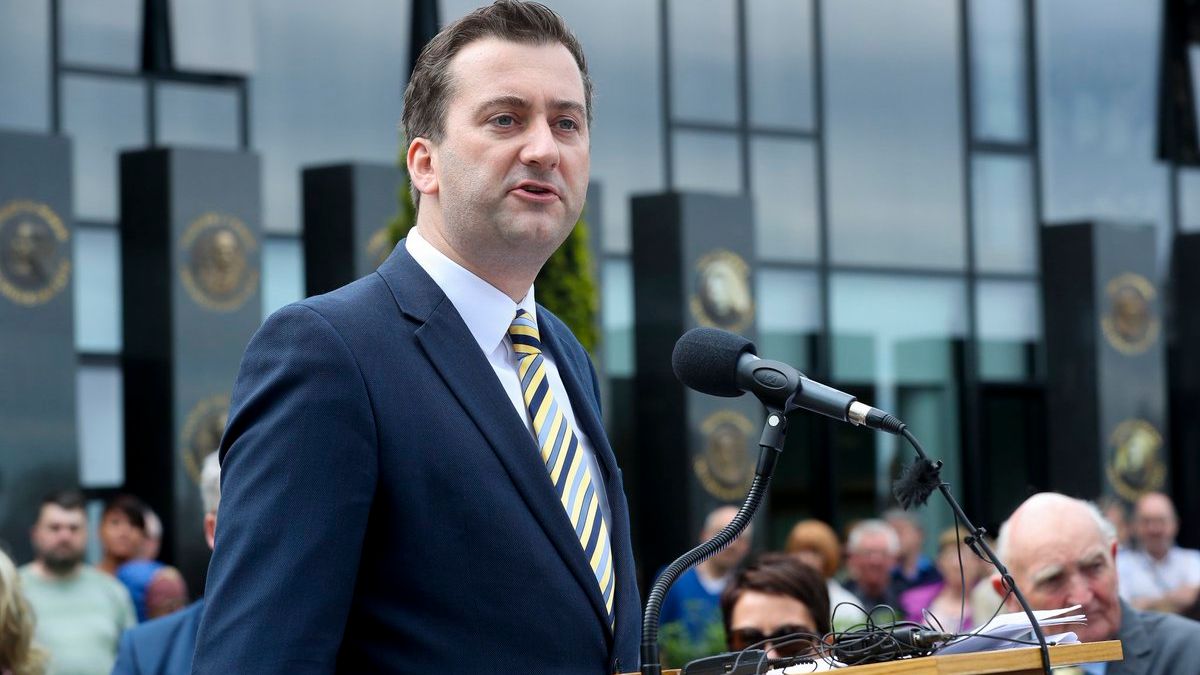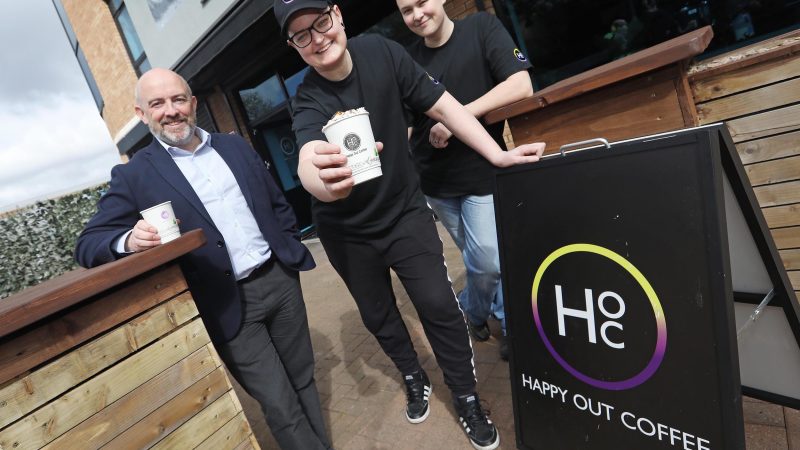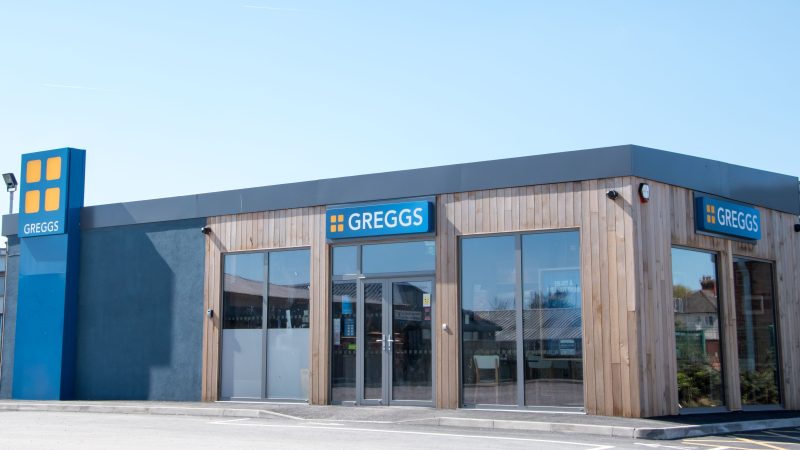Irish whiskey sales up by 10% despite loss of Russian market

Global sales of Irish whiskey are expected to grow by more than 10% this year despite the loss of almost all sales to Russia, it has been revealed.
The Russian market accounted for more than 5% of the market before the war in Ukraine, so increasing sales by so much despite the loss of that region is a remarkable achievement.
The Irish Whiskey Association,, the sector’s lobbying division in employers group Ibec, says global sales in 2021 reached a record 14 million cases (168 million bottles), a rise of 21% volume on the previous year. It says the surge is down to growing popularity of whiskey as a premium product, especially with millennials, more ecommerce and better trade terms in countries such as Canada.
In its annual International Trade Report, the IWA predicts strong growth again this year. But it also warns that supply chain issues, such as a shortage of glass bottles and more expensive malt, as well as increasing energy costs threaten the viability of many smaller producers. It wants the Government to get more tariff reductions in growing markets such as India.
“That 7 per cent [Russia’s sales plus the 1.7 per cent previously sold to Ukraine] is a hole [in 2022′s performance],” said William Lavelle, director of the IWA. Russia was the third-biggest market for Irish whiskey globally before the war, with sales of 716,900 cases in 2021. Ukraine was Irish whiskey’s eighth-biggest market before the war. Mr Lavelle said some sales to that market have recovered since the war.
“But despite Russia and Ukraine, I predict double-digit growth [by volume] this year,” he said. US sales, which account for 41 per cent, are “not slowing down” while emerging markets such as India, South Africa and China are also driving growth.
Mr Lavelle said supply chain issues are the biggest constraint on growth for whiskey, with some of Ireland’s more than 40 distilleries unable to fulfil international demand for the product due to shortages of raw materials. IWA’s trade report says glass bottles are up to 30 per cent more expensive with lead times of up to two months, while the cost of American oak barrels used for ageing is also up 30 per cent and the price of malt has doubled.







